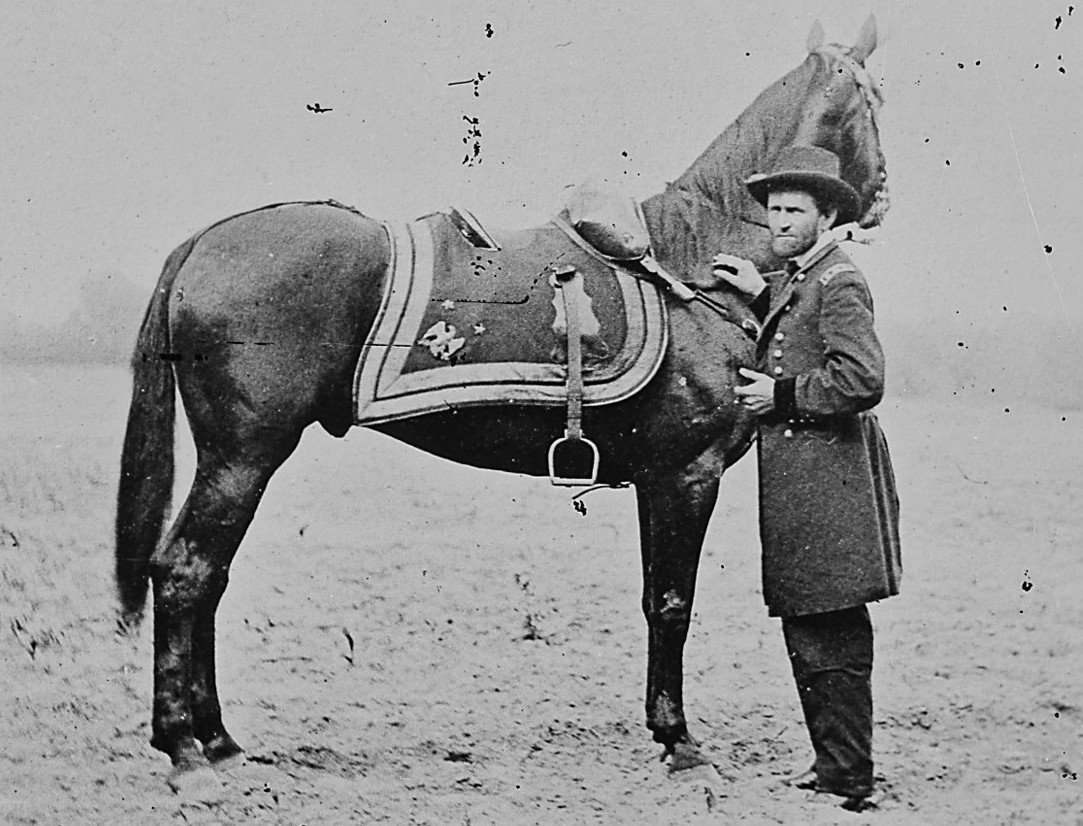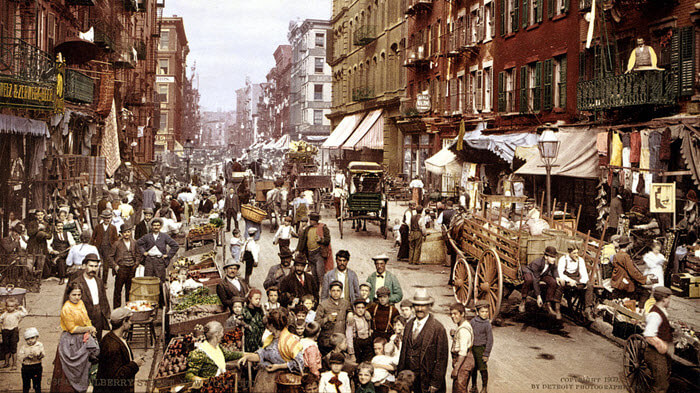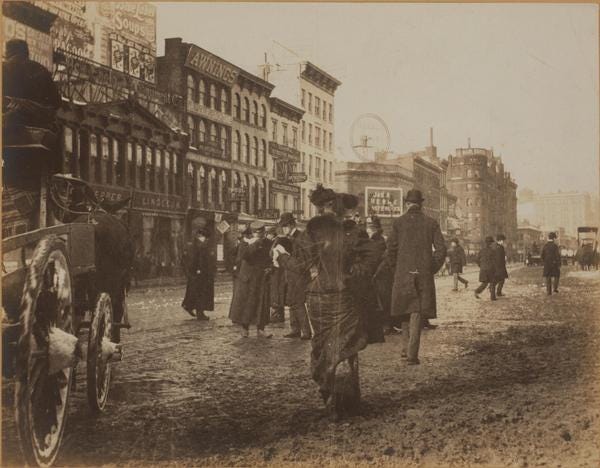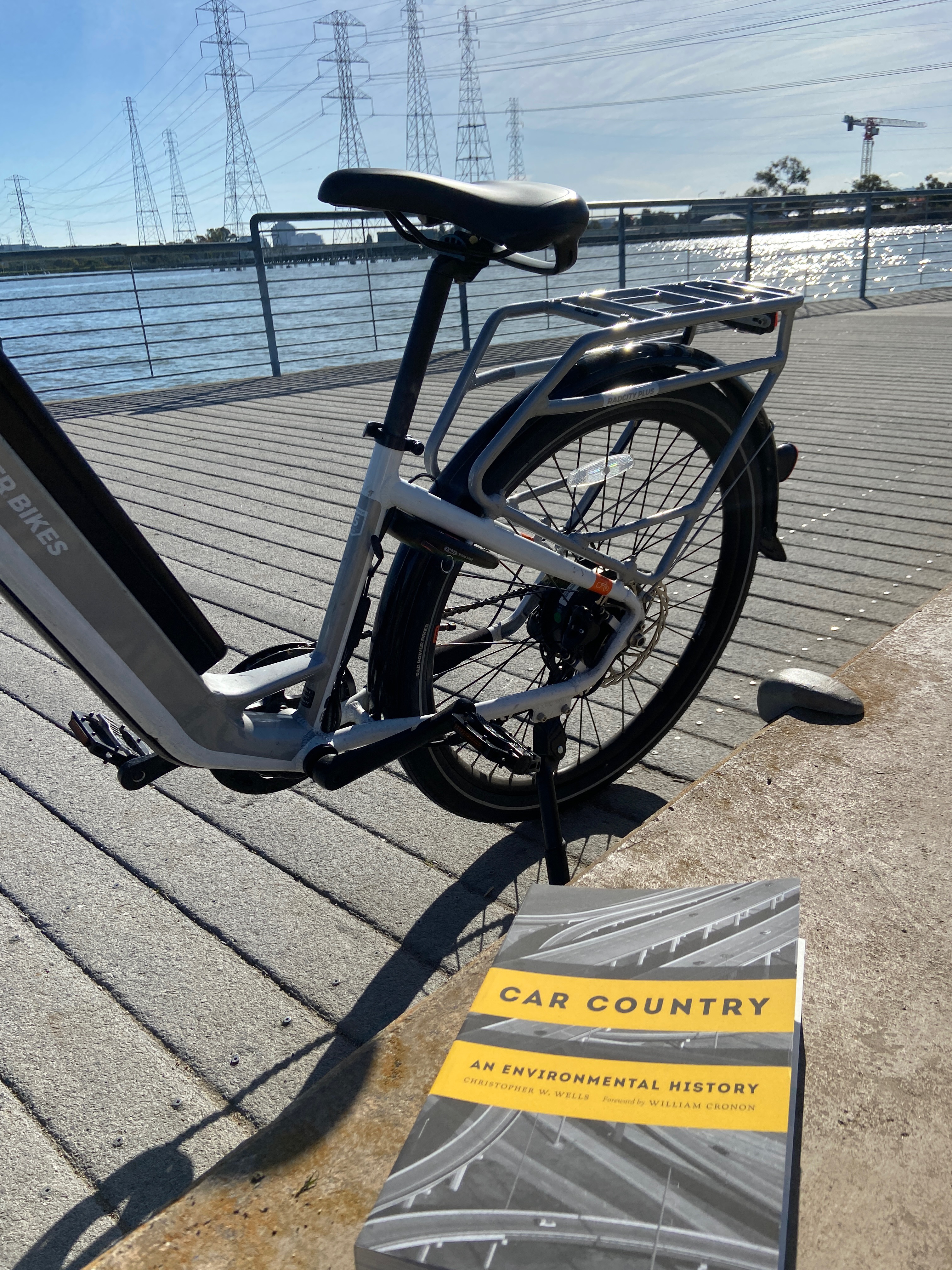Car Country
I had an opportunity to read this history book about the USA’s car-centric transit design, from 1850’s to the present.
Chronologically, transit in America began with walking and horses.

Trains, bicycles, electric streetcars and then the automobile followed.
But the original focus on the public road grew from economic & public health needs.
Roads as public spaces were treated as a tragedy of the commons.
Residents, visitors and businesses of the streets dumped their food scraps, raw human water waste, and horse droppings where the commerce and transit needs were the greatest:
 )
)
 )
)
Cleaning up the roads was not a government responsibility–and was simply not tackled because of early political corruption in cities.
The author explains the demand and development of a professional sanitation and engineering approach, as public health harms reached objectionable levels and electric streetcars massively increased cities’ day-time density of foot traffic.
The author paints a sharp contrast between these urban problems of the road with problems facing roads in rural communities.
In the rurual communities, farms largely used roads to move their produce and livestock to train stations.
Similar to urban communities, rural road maintenance was not a full-time profession, making it too inefficient and expensive to maintain.
In fact road maintenance costs were entirely a local concern.
Farmer families would volunteer to maintain the roads in lieue of paying poll taxes towards outsourcing the labor of road maintainence.
Road investment (or lack thereof) was a local control issue:
“The liberty of localities to perform their own functions in road building and road working is in danger,” one advocate of local control warned in 1804, “and if people do not exercise this liberty it will be wrested from them.” … If farmers cared about local control because of republican principles and the long-established tradition of home rule, they also cared because the sort of hard-surfaced, all-weather roads that good-roads reformers advocated were quite expensive. The high costs of road improvements prompted farmers to meet good-roads entreaties with three significant objections, all of which related to traditional methods of financing rural roads. First was a problem of equity: The financing for rural road improvements typically came entirely from local government revenue, especially property taxes levied on the owners of abutting property. Urban cyclists and other nonlocal travelers would derive clear benefit from hard-surfaced roads, but farmers alone were expected to foot the bill. Second was the problem of cash payments: Most good -roads proposals would not only increase the size of road taxes but they would also eliminate the traditional option of paying them in labor rather than cash. For cash-starved agricultural commu-nities, the combination of cash payments and higher taxes represented an untenable double burden. Third, many farmers regarded with skepticism good-roads claims that hard-surfaced roads represented a one-time investment–many enthusiasts referred to them as “permanent” roads–that would eventually pay itself back in reduced transportation costs.
Fast-forwarding, the rise of the automobile and the poor quality of existing roads made road development a prerequisite to the mass adoption of the automobile.
This was well-noted by automobile entrepreneurs like Henry Ford, who identified the need to shift the American population from urban to suburban community design for maximal car adoption:
“We shall solve the City Problem by leaving the City,” declared Henry Ford in one of his oft-quoted aphorisms. “Get the people into the country, get them into communities where a man knows his neighbor, where there is a commonality of interest, where life is not artificial, and you have solved the City Problem. You have solved it by eliminating the City.” As downtown interests struggled with snarled traffic and inadequate parking, real estate developers seized on Ford’s logic-not to eliminate the city, as Ford suggested, but to expand it in a radically new car-dependent form on the city’s outer fringe.
The migration of urban to suburban occurred over a number of decades, sharply pronounced after World War II as a consequence of a great deal of veterans returning & migrating within the US and forming new households.
Meanwhile, urban commercial cores suffered as they failed to meet this new car-centric transit demand with land-use that met the unquenchable demand for car parking:
Parking shortages improved somewhat in the 1930s, when the owners of vacant or otherwise unprofitable buildings razed existing structures to reduce tax valuations and opened parking lots to generate cash flow. The late 1930s also saw the proliferation of parking meters- -the first of which were installed in Kansas City in 1935-which effectively discouraged all-day street parking while generating reliable municipal revenue. As off-street parking spaces multiplied and parking meters increased the turnover of on-street spots, many cities began to get a handle on their parking problems for the first time since the rapid growth of automotive traffic began. Downtown’s accessibility, on the other hand, remained a thorny issue, prompting cities across the country to draft plans for hugely expensive expressways as a way to facilitate the movement of cars to and from downtown. In the face of growing competition from outlying business districts, downtown was no longer the business district, but rather the largest and most central of many competing districts scattered across the city. And though downtown remained accessible by streetcar, many of the new competing business districts were entirely car-dependent in their location, in their site plans, and in their business practices.
The rise of car-centric community planning was fully funded by the national government.
In part by the massive interstate highway system funded by Congress under the Eisenhower presidency.
But created and financed by a system of federally insured mortgages for homebuyers, that was pushed through in the face of a massive housing shortage post-WWII.
By the end of World War II, a serious, long-term housing shortage wracked American cities, big and small alike. By 1945, housing starts had failed to keep up with demand for new housing through sixteen straight years of depression and war. The number of urban rental apartments actually contracted from 16.3 million in 1940 to just 13 million in 1950 as rentals converted into owner-occupied homes, highlighting the acuteness of the shortage as soldiers began to return home. The housing industry moved quickly to address these problems. Drawing on a host of new construction methods, including an adapted version of assembly-line techniques, housing construction boomed after World War Il, adding roughly Is million new housing units over the next decade. The overwhelming majority of these were single-family homes? With the housing sector booming, national homeownership rates crept upward. Homeowners reached majority status in the United States for the first time in the late 1940s, climbing to 55 percent in 19so and 62 percent in 1960.3 Nearly all of the increase came in car-dependent suburbs, where homeownership nearly doubled between 1940 and 1950.
The author asks two important questions:
- Why did the housing industry respond to postwar demand with almost exclusively suburban construction?
- Why did suburban growth overwhelmingly take the form of car-dependent landscapes?
Both are explained by the decisionmaking of a federal bureaucracy called the Federal Housing Authority (FHA).
There was a preference to solve the problems that large-scale developers faced, as smaller scale developers had a bad reputation–and to overcome a common urban practice of “promotional” zoning, in which municipalities used zoning as a tool for maximizing tax revenue.
Instead, the FHA wanted new communities to use “protective” zoning, in which zoning was used to protect neighborhoods from new, value-disrupting land uses.
Coming to the present, the moves the FHA made in the 40s, 50s and 60s have been intractable and unchanged, as non-car transit options have been left to dwindle and fade in their funding.
Critically, oil prices have exhibited very little inflation.
Overall it is a solid read, and I would recommend reading it.
Follow me on Twitter to talk about this book and bicycles.
